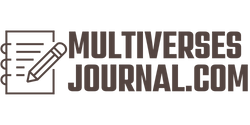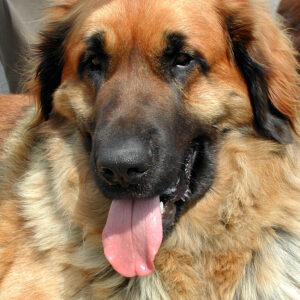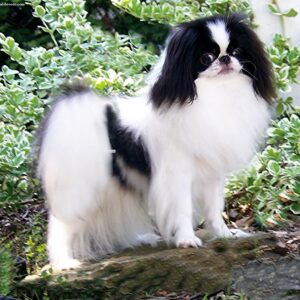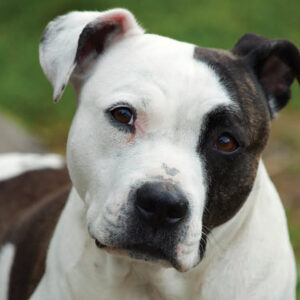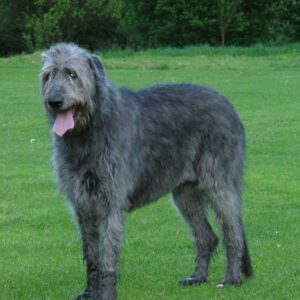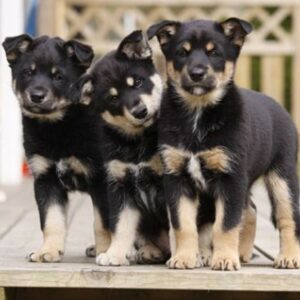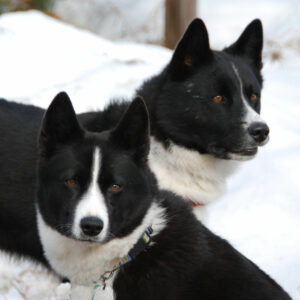Australian Cattle Dog
The Australian Cattle Dog, also known as the Blue Heeler or Queensland Heeler, is a breed of herding dog originally developed in Australia for droving cattle long distances over rough terrain. These dogs are known for their intelligence, loyalty, and striking appearance.
History
The Australian Cattle Dog breed was developed by crossing native Dingoes with Collies and other herding dogs in the 1800s. The resulting breed was well-suited to the harsh Australian outback and was used primarily for herding cattle. In 1893, Robert Kaleski wrote the first breed standard, and the Australian Cattle Dog was recognized by the Australian Kennel Club in 1903. Today, these dogs are used as herders, companions, and competitors in dog sports.
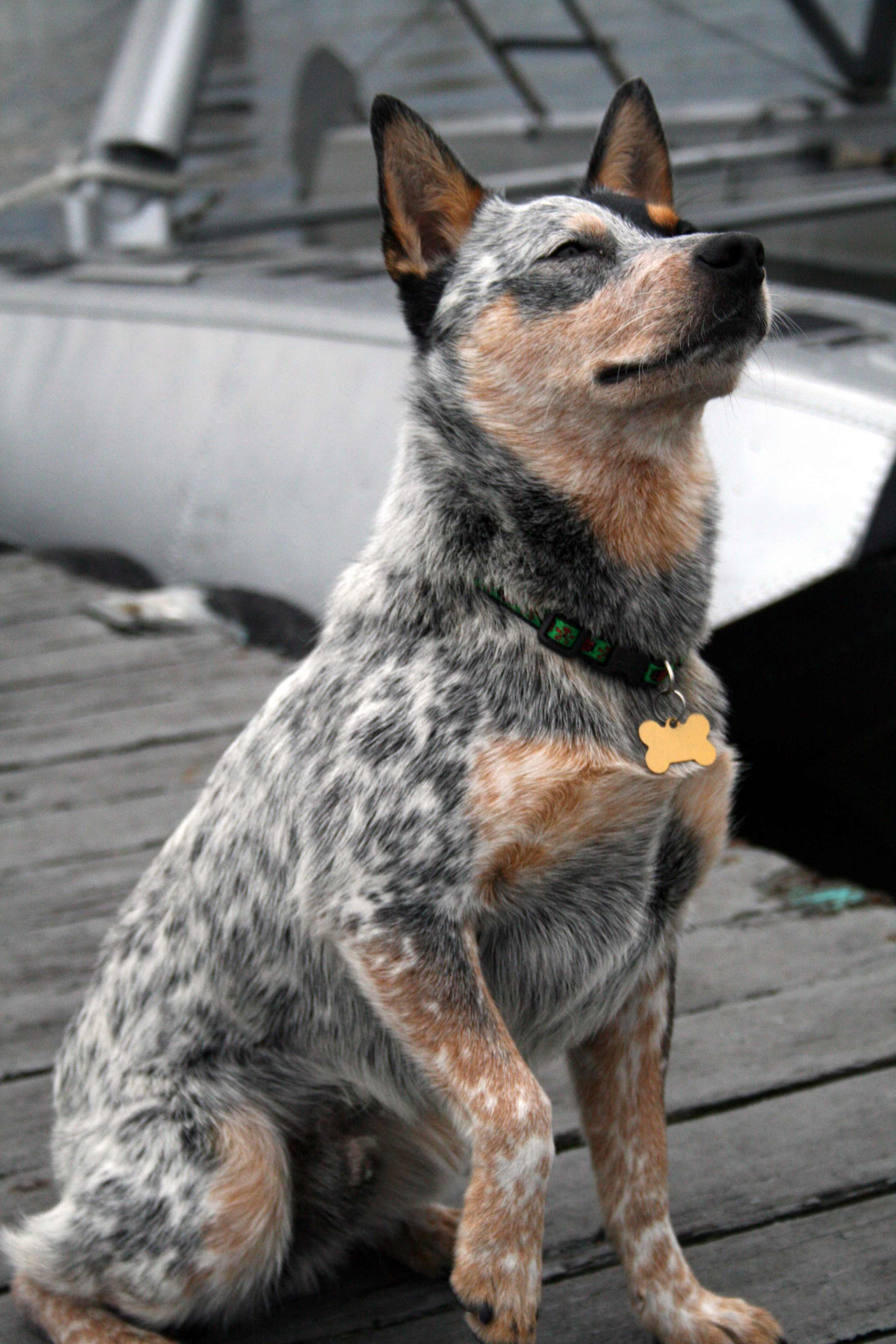
In the United States, the breed’s history is closely tied to a man named Harry Wheeler, who imported the first Australian Cattle Dogs to the country in the 1940s. He began breeding and showing the dogs, and they quickly gained popularity for their ability to work on ranches and farms. Today, the Australian Cattle Dog is a beloved breed in the U.S. and around the world.
Location of Origins
The Australian Cattle Dog was developed in Australia, where it remains a popular breed today. These dogs were created specifically to handle the unique challenges of herding cattle in the rough Australian outback. They are a testament to the ingenuity and resourcefulness of Australian farmers, who needed a tough and agile dog to help them manage their livestock.
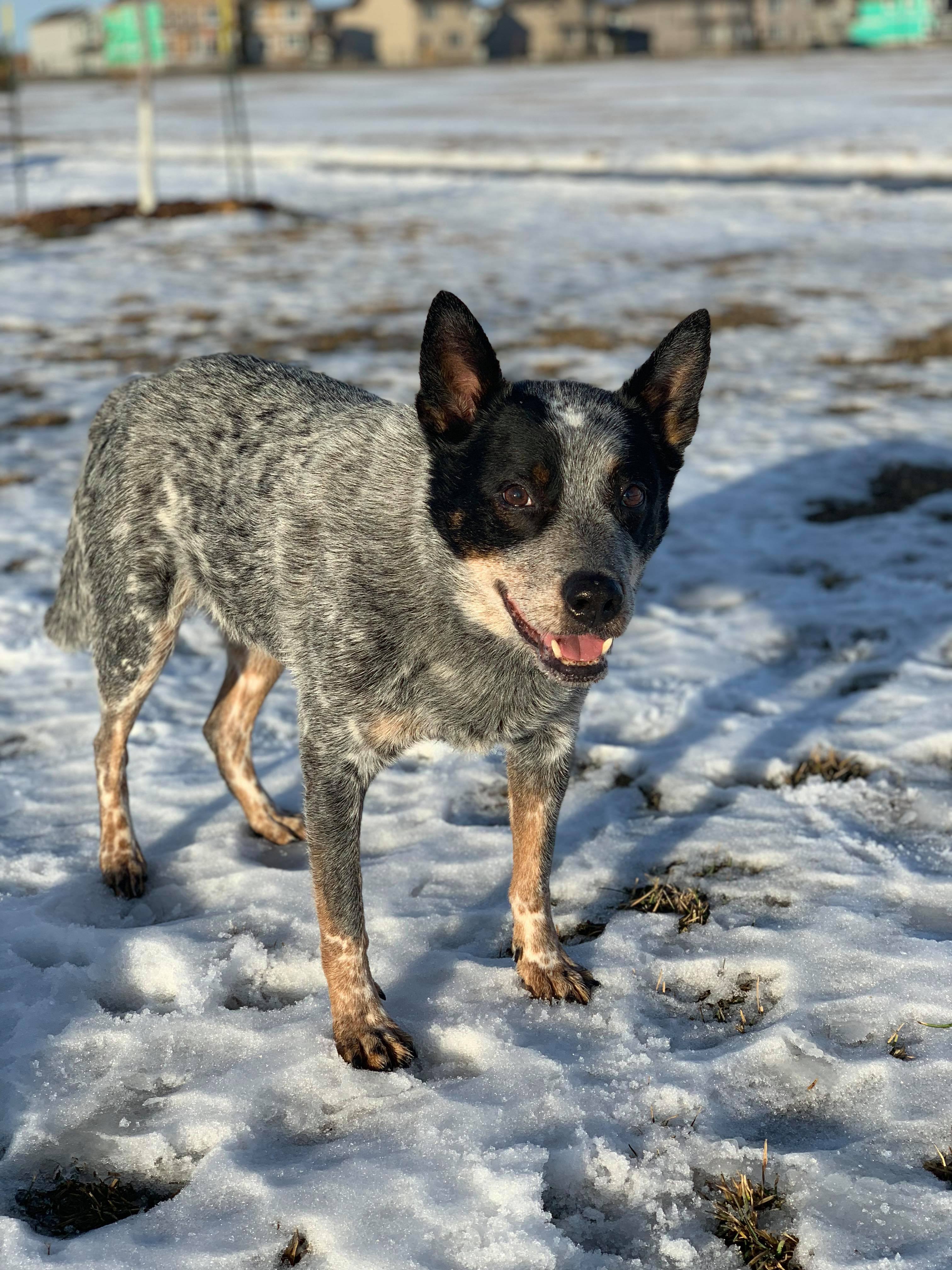
Characteristics
Australian Cattle Dogs are known for their distinctive blue or blue mottled coats, which are short and dense. They are a medium-sized breed, standing 17 to 20 inches tall at the shoulder and weighing between 35 and 50 pounds. These dogs are muscular and athletic, with a keen eye for movement and a strong work ethic. They are fiercely loyal to their families but may be wary of strangers.
One of the most striking features of the Australian Cattle Dog is their intelligence. These dogs are quick learners and respond well to positive reinforcement training methods. They are eager to please their owners and excel at obedience and agility competitions. They also require a lot of mental and physical stimulation to prevent boredom and destructive behavior.
Australian Cattle Dogs are generally considered to be healthy and hardy dogs. However, they are prone to some health conditions, including hip dysplasia, deafness, and progressive retinal atrophy. It is important to have your dog screened for these conditions and to work with a reputable breeder when selecting a puppy.
Choosing the Best Foods
Feeding your Australian Cattle Dog a healthy and balanced diet is essential to their overall health and well-being. These dogs are active and energetic and require a diet rich in protein, fat, and carbohydrates. Look for high-quality dog food that contains real meat as the first ingredient, and avoid foods that contain a lot of fillers, preservatives, and artificial ingredients.
It is also important to provide your dog with plenty of fresh water at all times. Dehydration can quickly become a serious issue, especially during hot weather or periods of intense exercise.
Your veterinarian can help you determine the best diet for your Australian Cattle Dog based on their age, weight, and overall health. They may also recommend supplements or specific feeding strategies to address any health concerns your dog may have.
Training
Training your Australian Cattle Dog is essential to their success as a working dog and companion. These dogs are highly intelligent and require plenty of mental and physical stimulation to stay happy and healthy. Positive reinforcement training methods, such as clicker training or reward-based training, are highly effective with this breed.
When training your Australian Cattle Dog, it is important to provide plenty of opportunities for socialization, exposure to new environments and experiences, and structured exercise. These dogs thrive on routine and consistency, so it is important to establish a clear training program and stick to it.
If you are struggling with training your Australian Cattle Dog, consider working with a professional dog trainer or behaviorist. These experts can provide additional guidance and support to help you and your dog achieve your training goals.
Taking Care
Caring for your Australian Cattle Dog involves more than just feeding them and training them. These dogs require plenty of attention and care to stay healthy and happy. Here are some tips for taking care of your Australian Cattle Dog:
- Give them plenty of exercise: Australian Cattle Dogs are highly active and energetic dogs that require plenty of exercise and playtime to stay healthy and happy. Aim for at least 30 minutes of moderate to high-intensity exercise every day.
- Provide mental stimulation: In addition to physical exercise, Australian Cattle Dogs require plenty of mental stimulation to stay sharp and focused. Consider providing puzzle toys or engaging in training activities with your dog to keep their mind active.
- Regular grooming: Australian Cattle Dogs have short, dense coats that require regular grooming to keep them healthy and clean. Brush your dog’s coat at least once a week, and bathe them as needed.
- Regular health checkups: Regular veterinary checkups are essential to your dog’s health and well-being. Schedule regular checkups with your veterinarian to monitor your dog’s health and prevent any potential health problems.
- Proper dental care: Dental care is an important aspect of caring for your Australian Cattle Dog. Brush their teeth regularly, provide dental chews, and schedule regular dental cleanings with your veterinarian.
FAQs
Q: Are Australian Cattle Dogs good with children?
A: Yes, Australian Cattle Dogs can be great with children. However, they may be too energetic or rambunctious for very young children, and they should always be supervised when interacting with kids.
Q: Do Australian Cattle Dogs shed a lot?
A: Yes, Australian Cattle Dogs do shed quite a bit. Regular grooming and brushing can help minimize shedding, but it is still a fact of life with this breed.
Q: Are Australian Cattle Dogs good apartment dogs?
A: Australian Cattle Dogs are highly energetic and active dogs that require plenty of space and exercise. They may not be the best choice for apartment living unless they have plenty of opportunities for exercise and playtime.
Conclusion
The Australian Cattle Dog is a fascinating, complex breed that requires a lot of love, attention, and care. Whether you are interested in these dogs as working dogs, competitors, or companions, it is important to understand their unique needs and characteristics. With the right training, care, and love, an Australian Cattle Dog can be a wonderful addition to any family.
